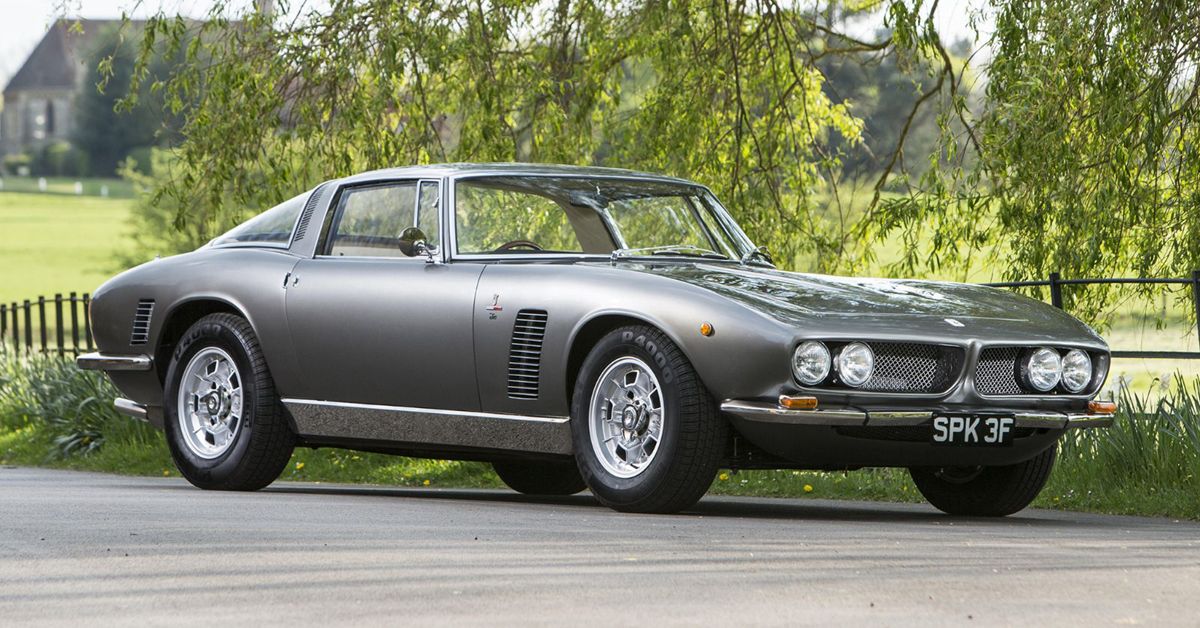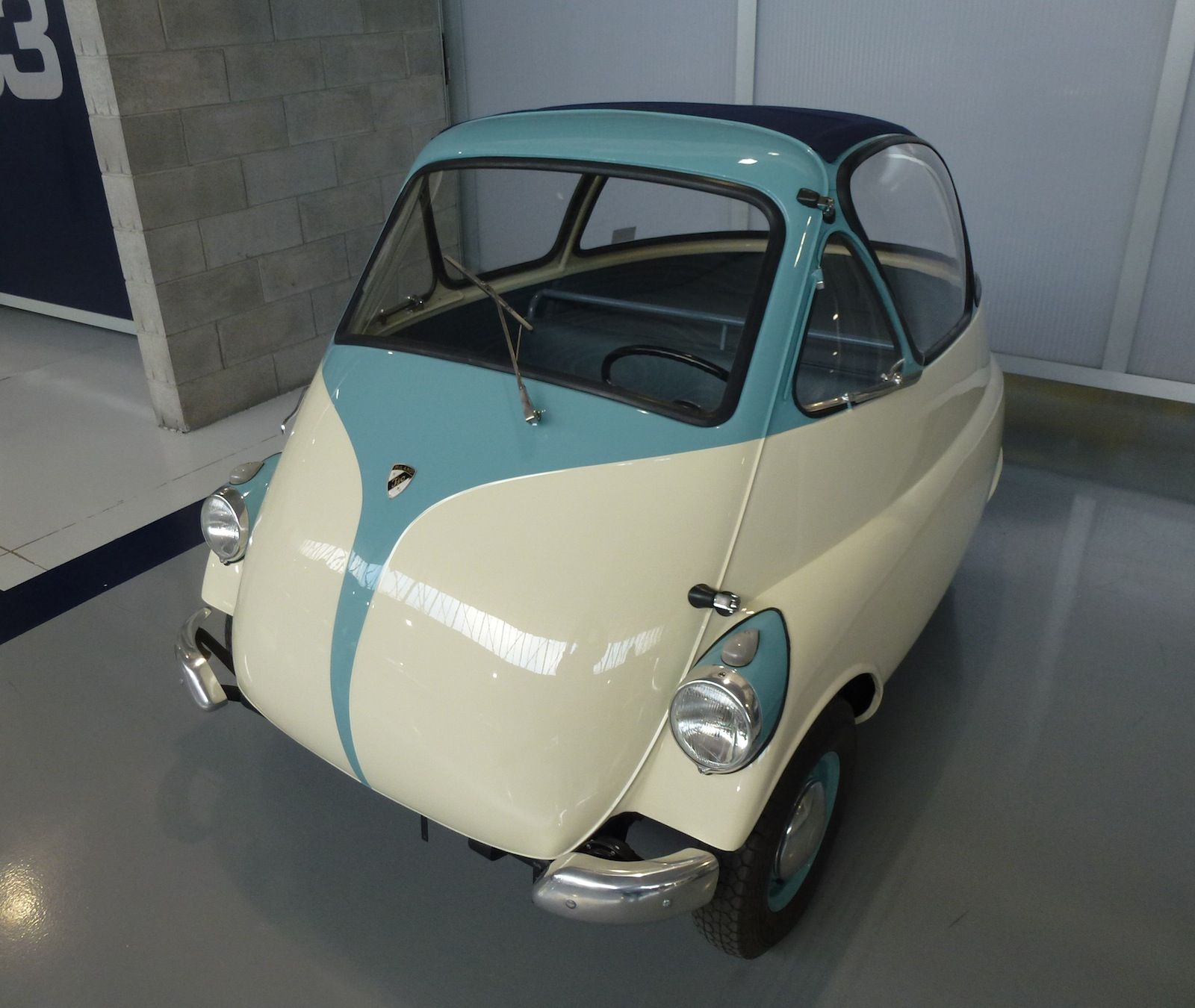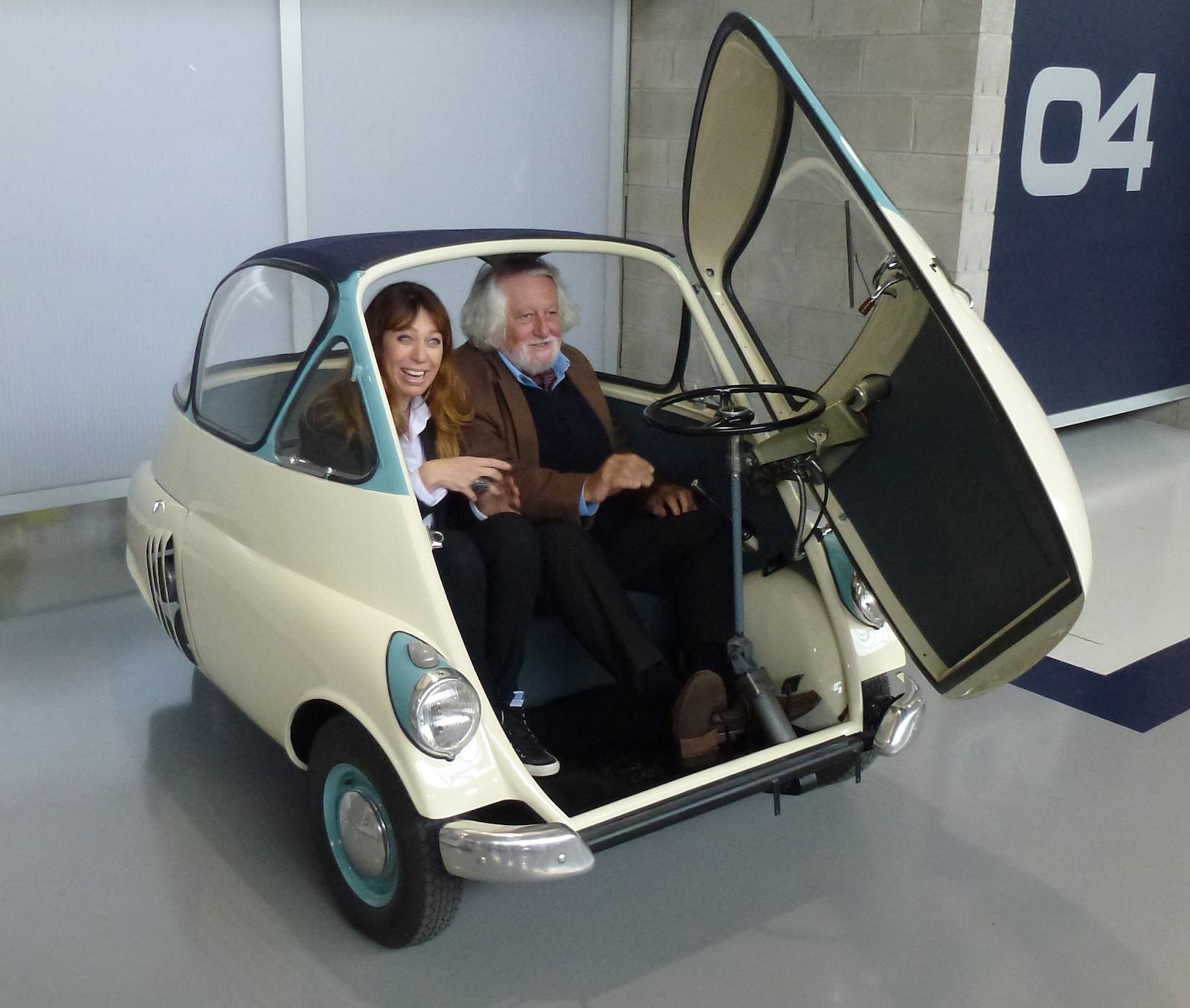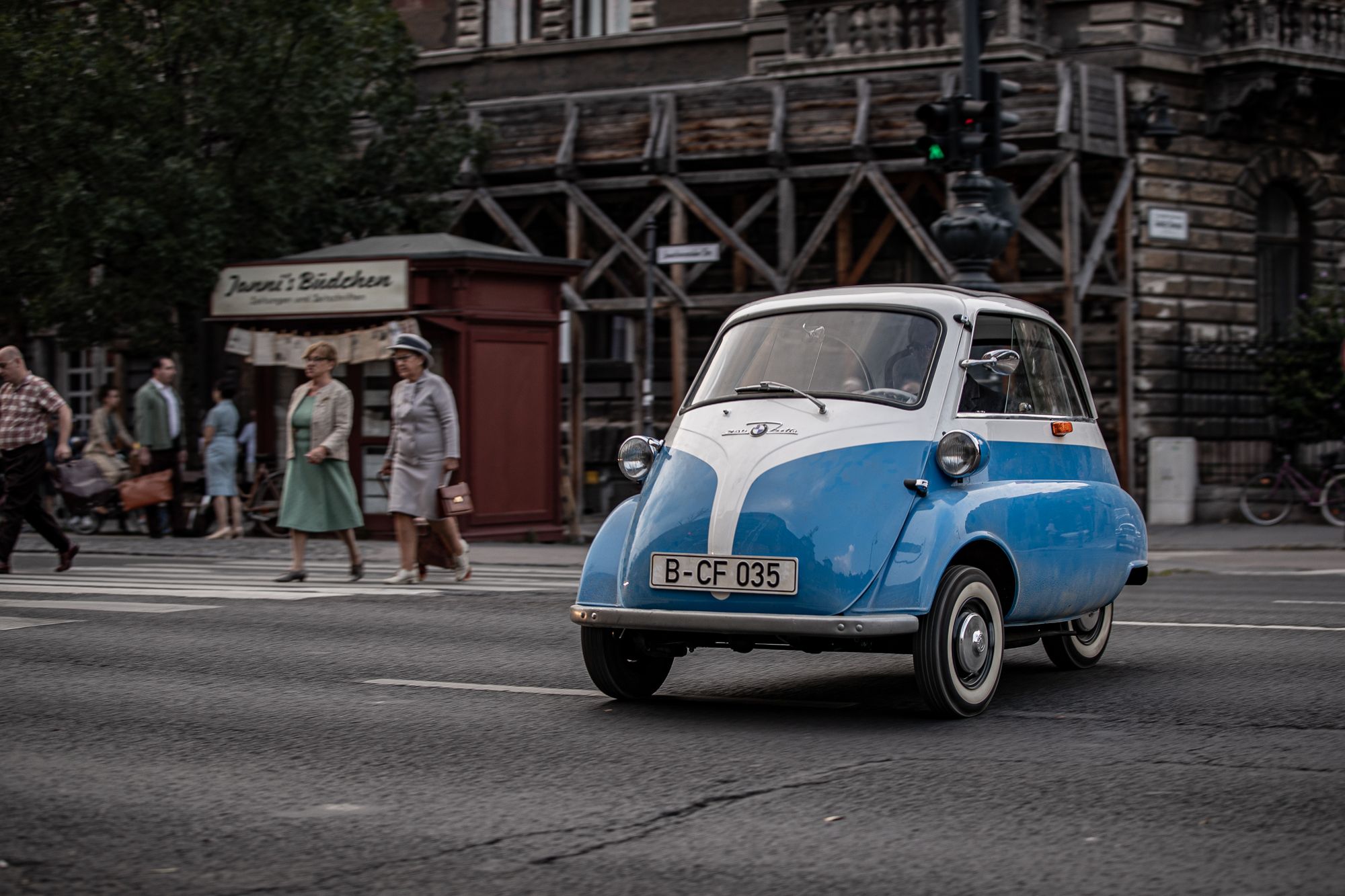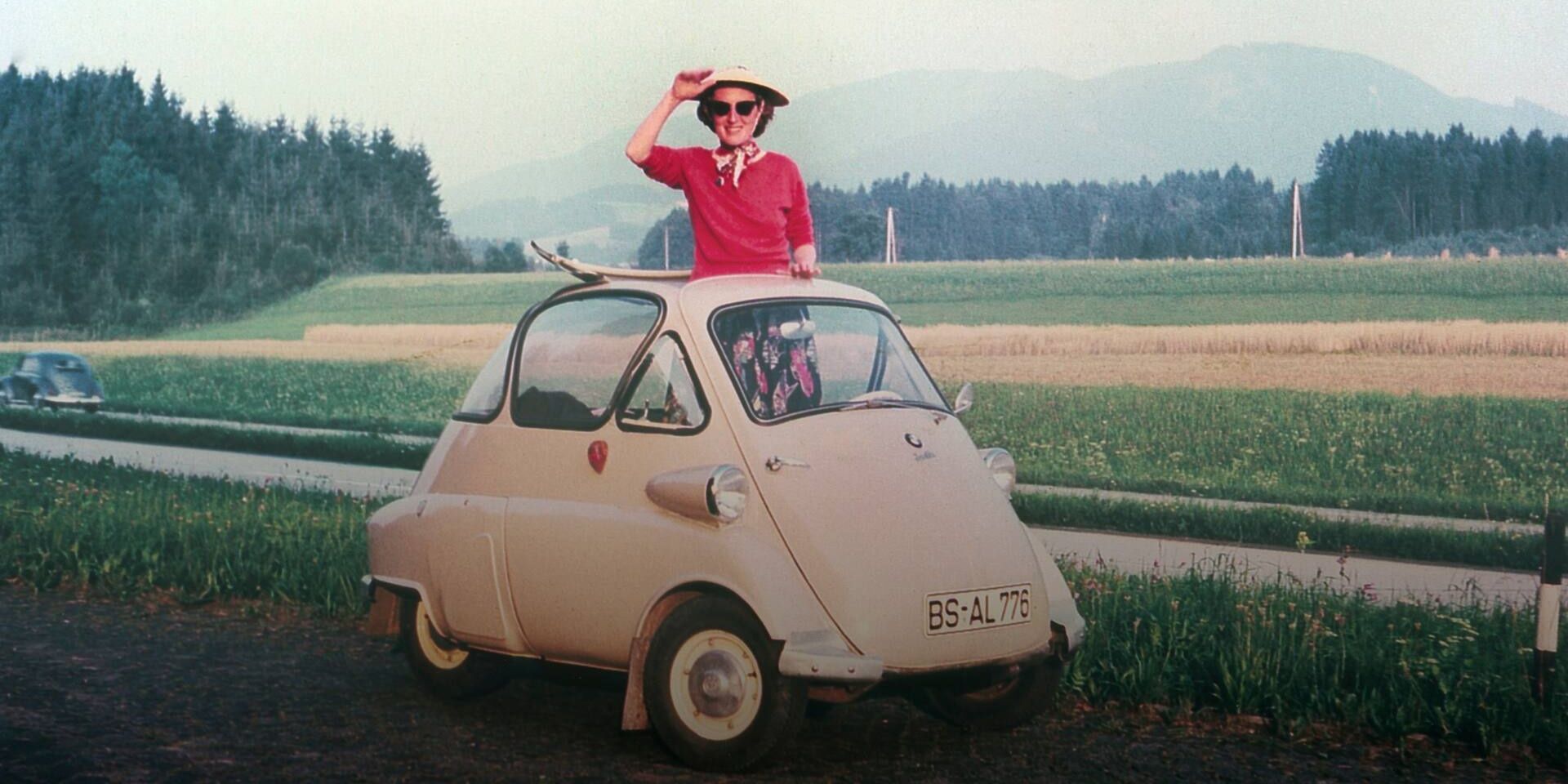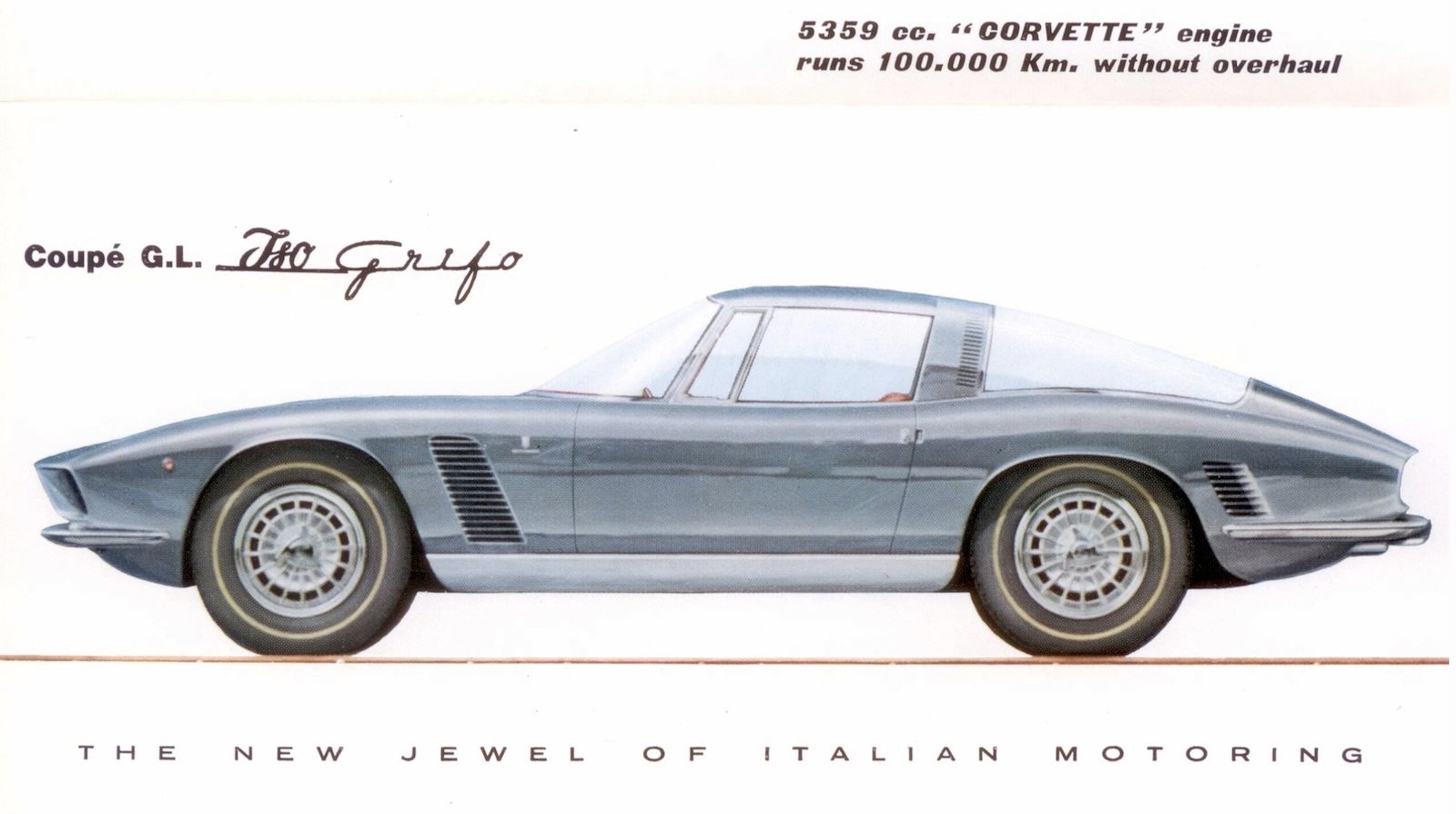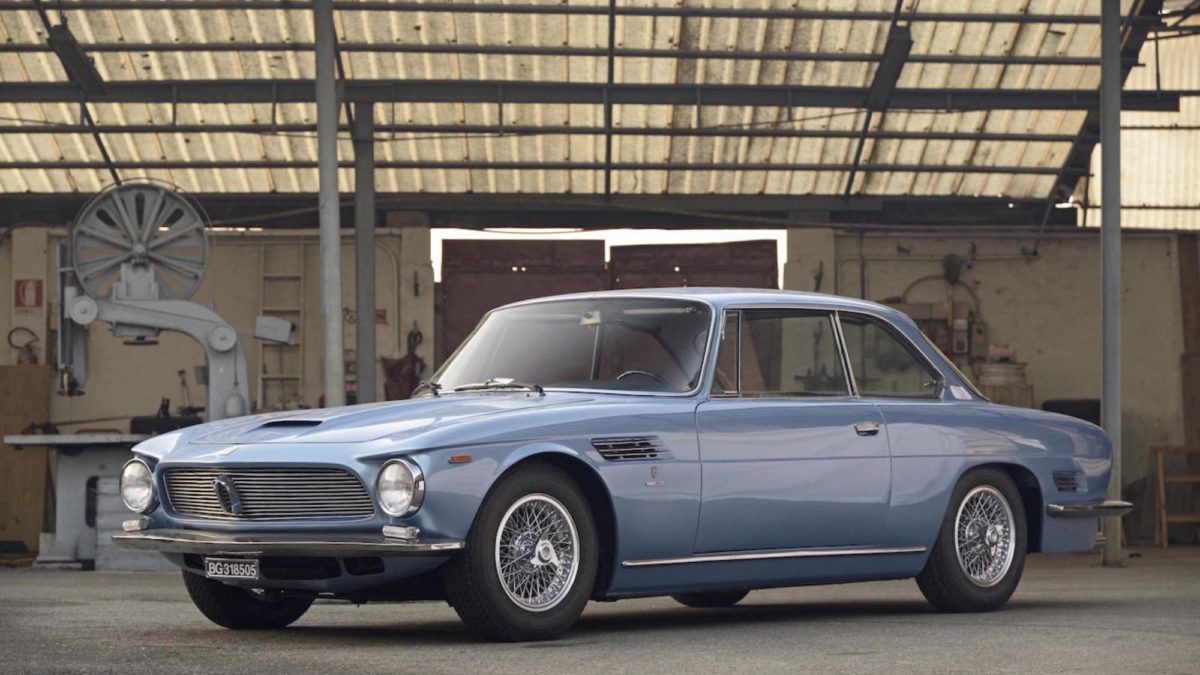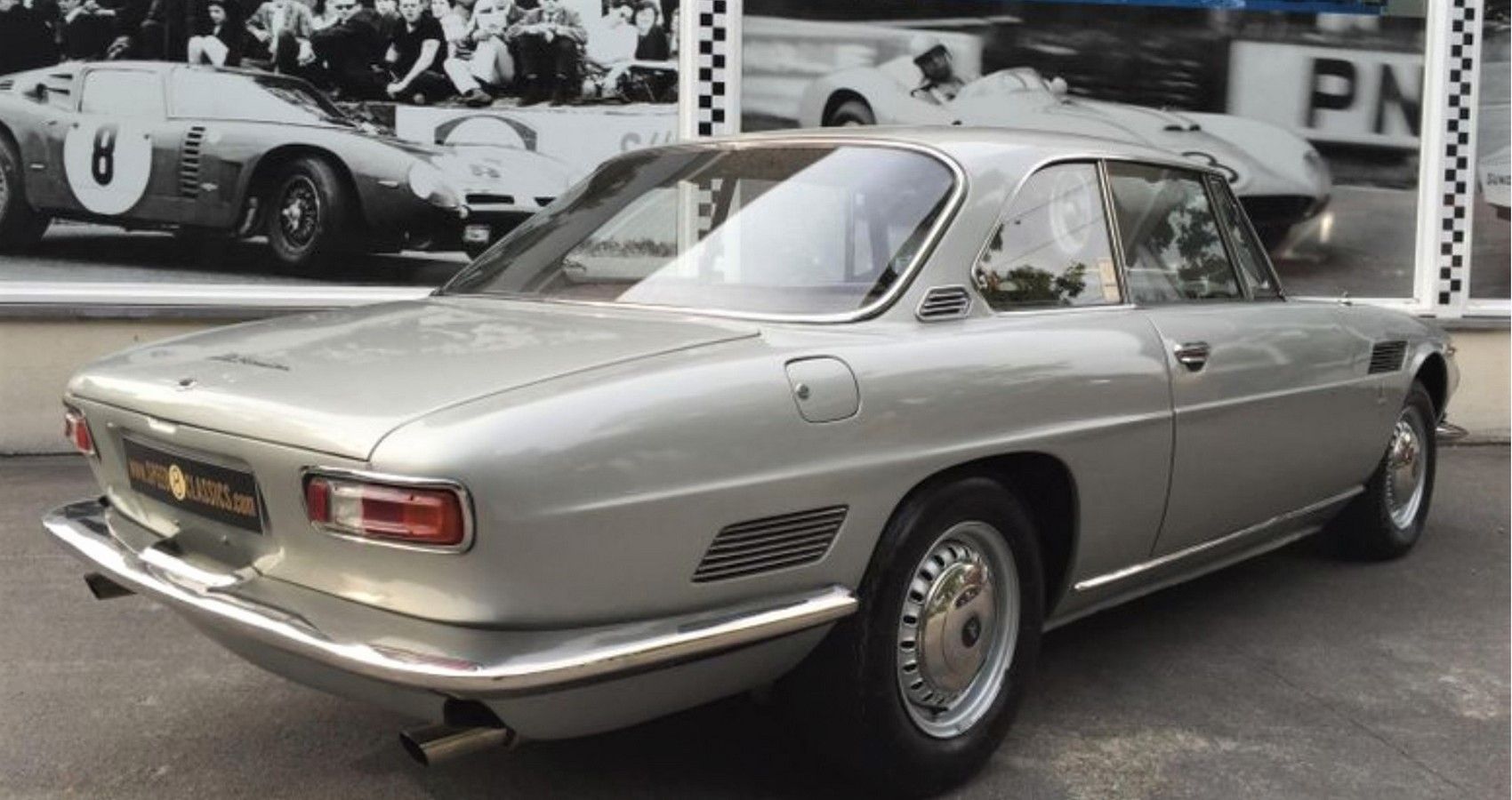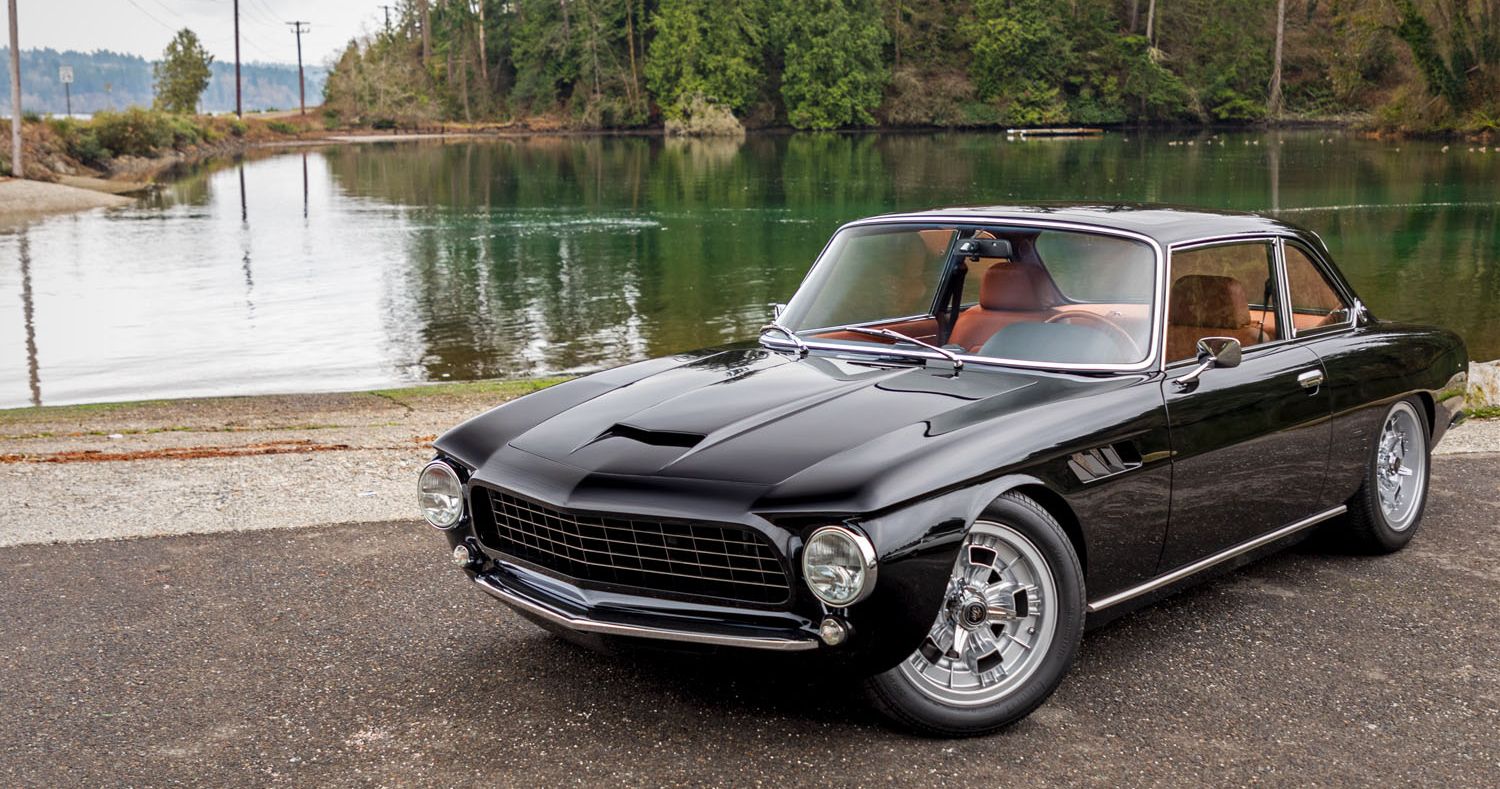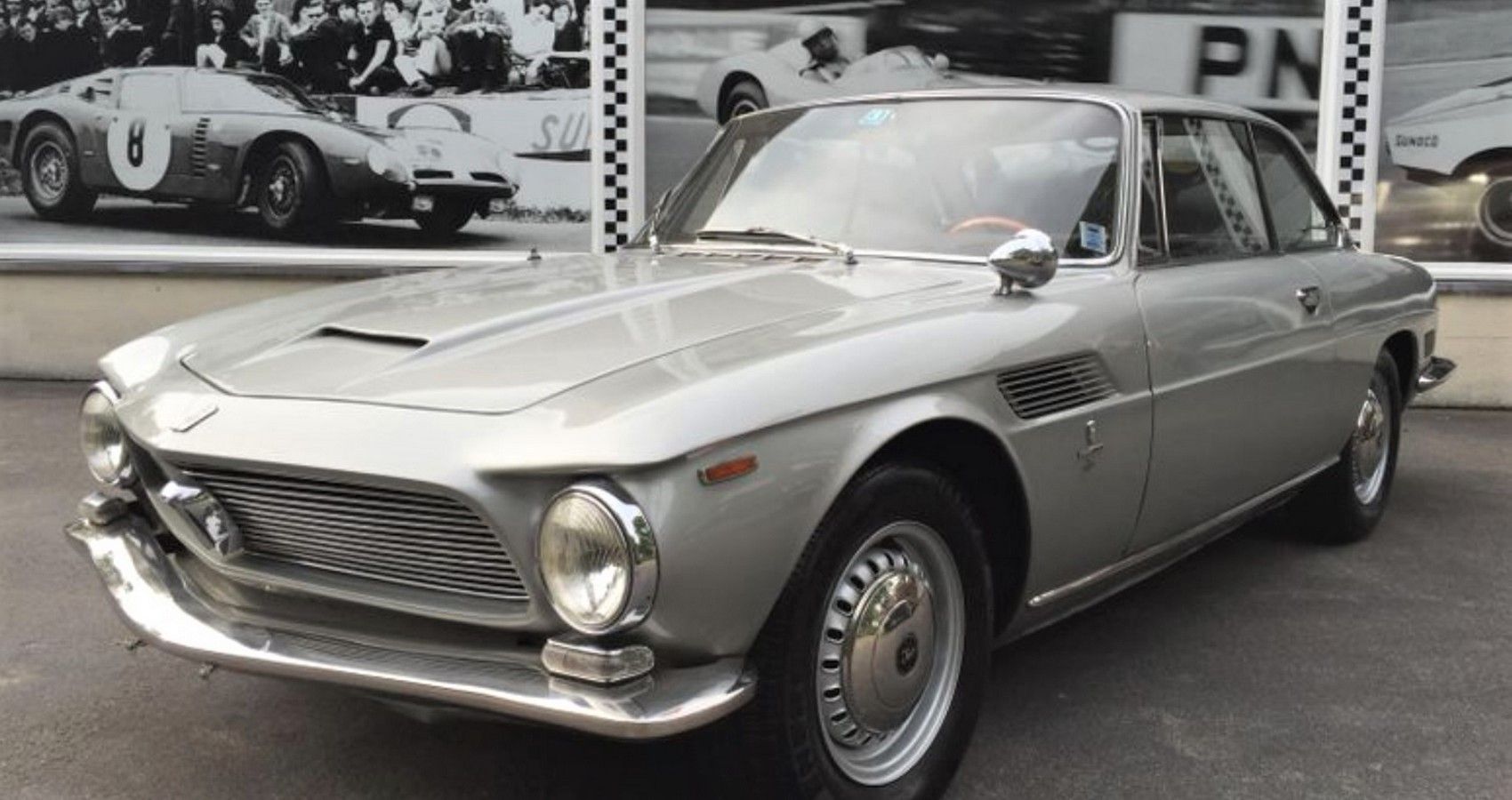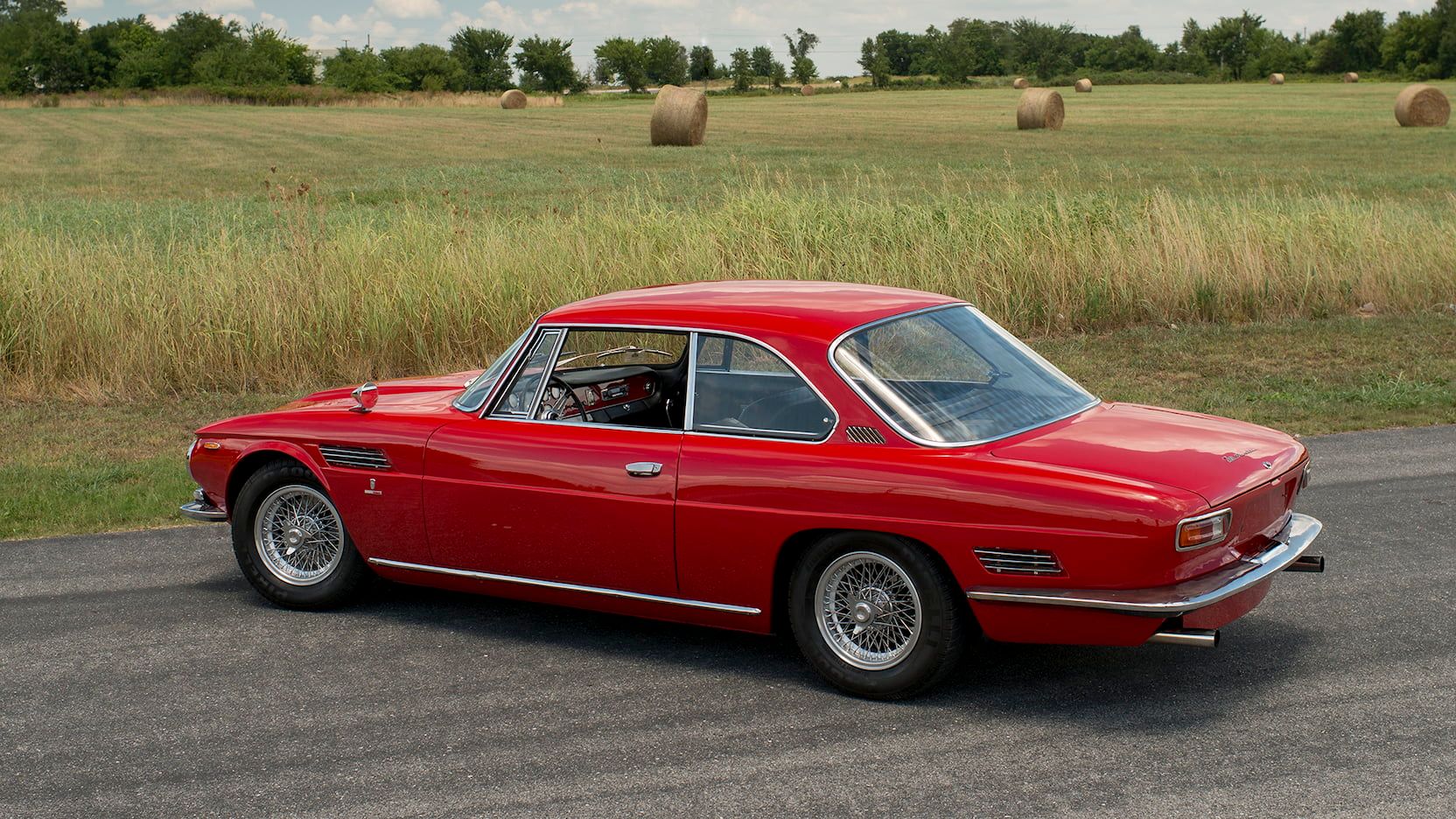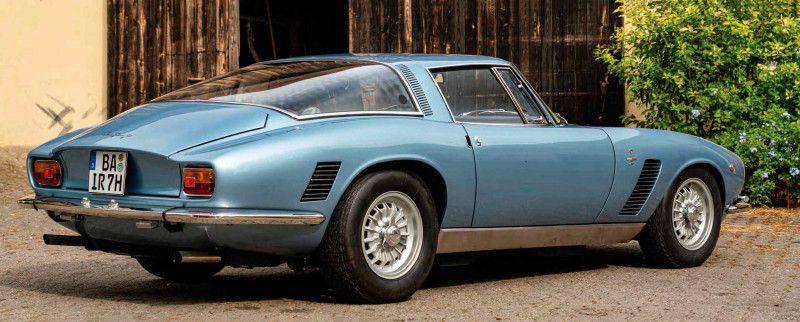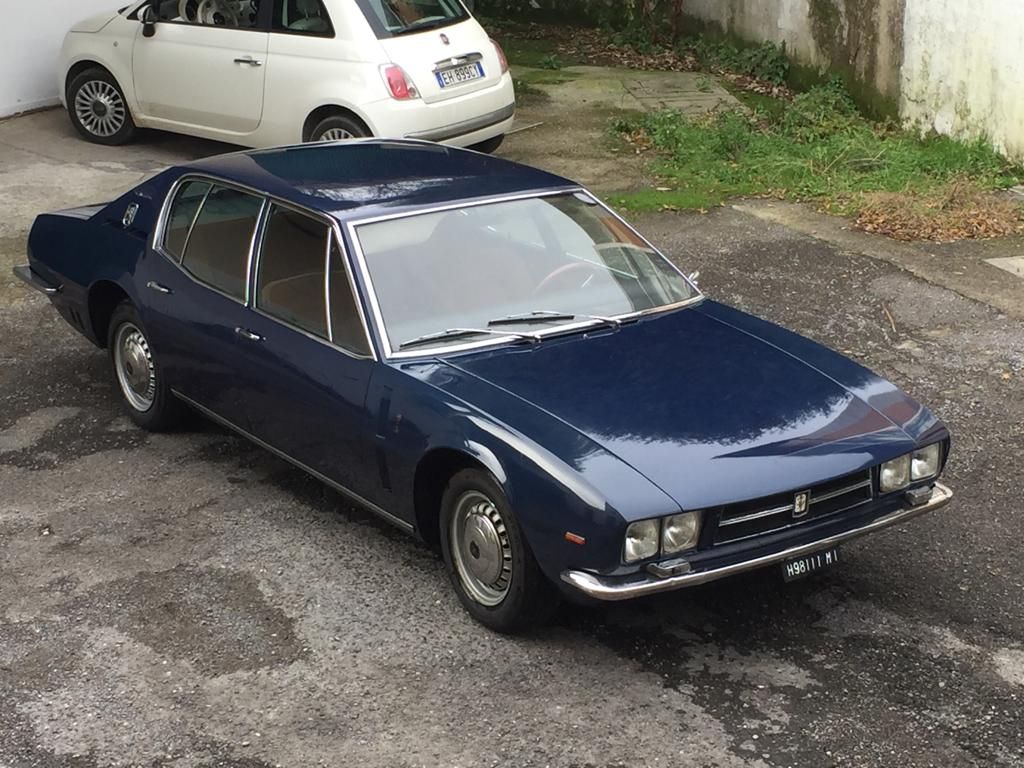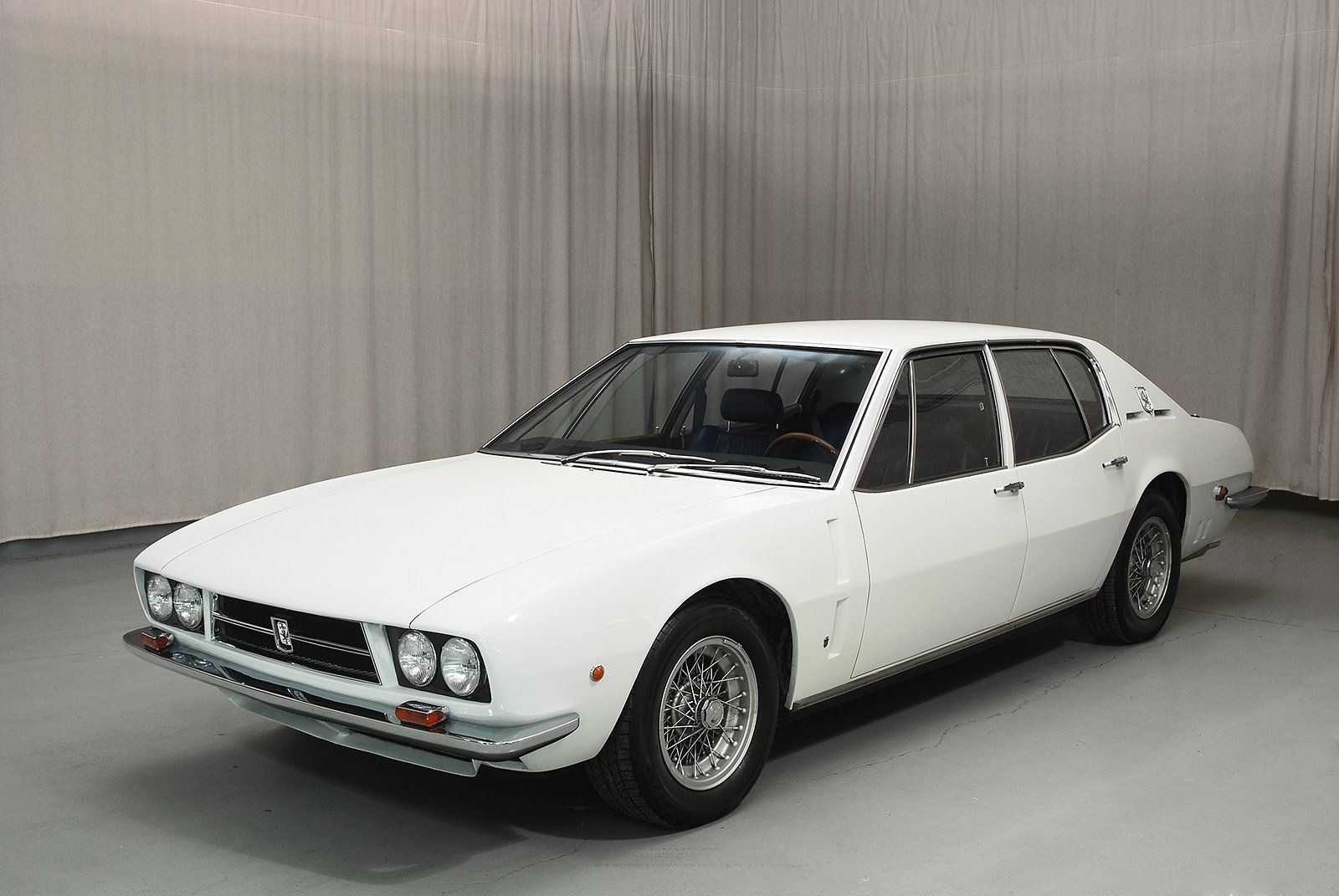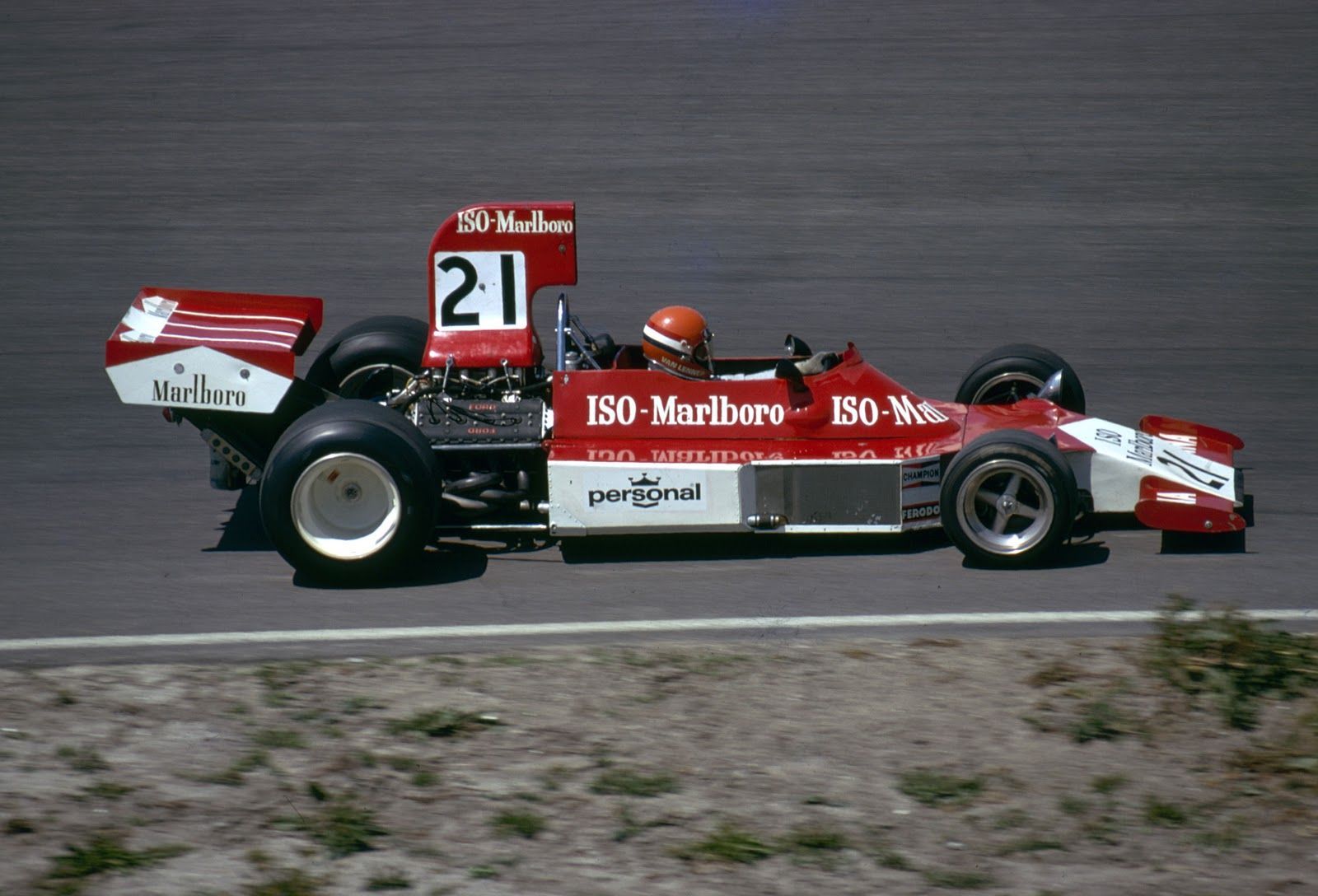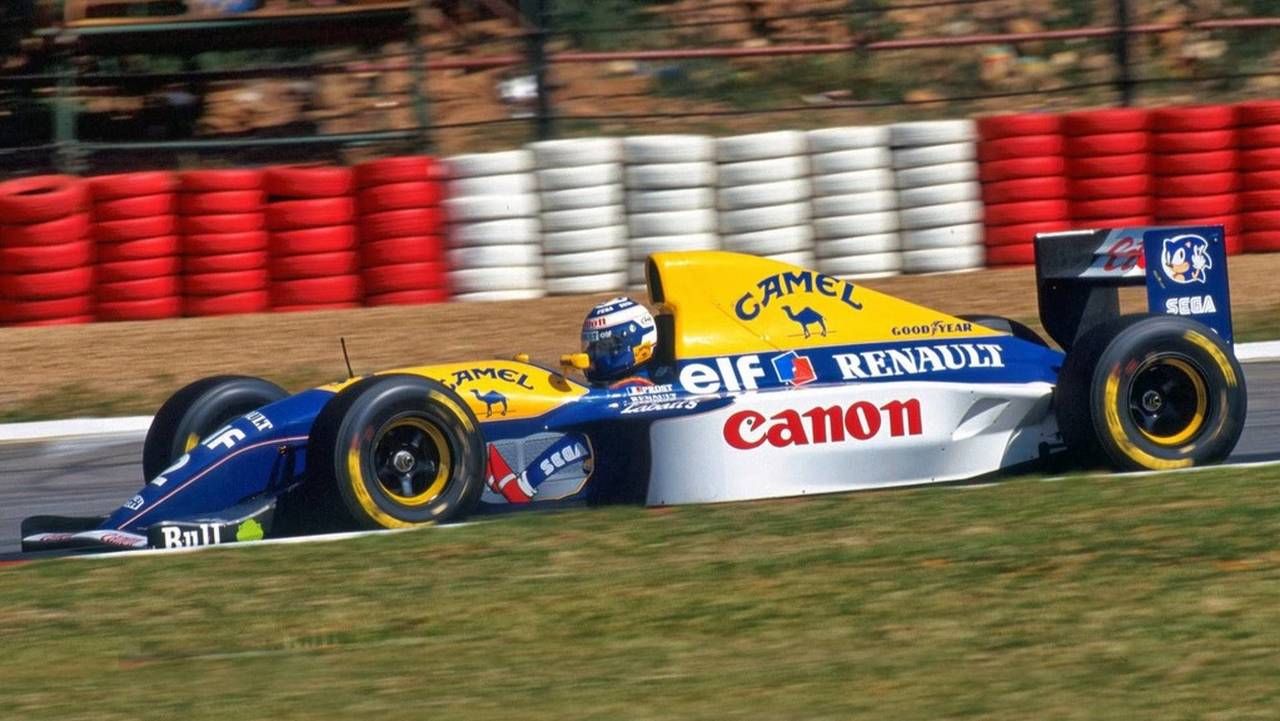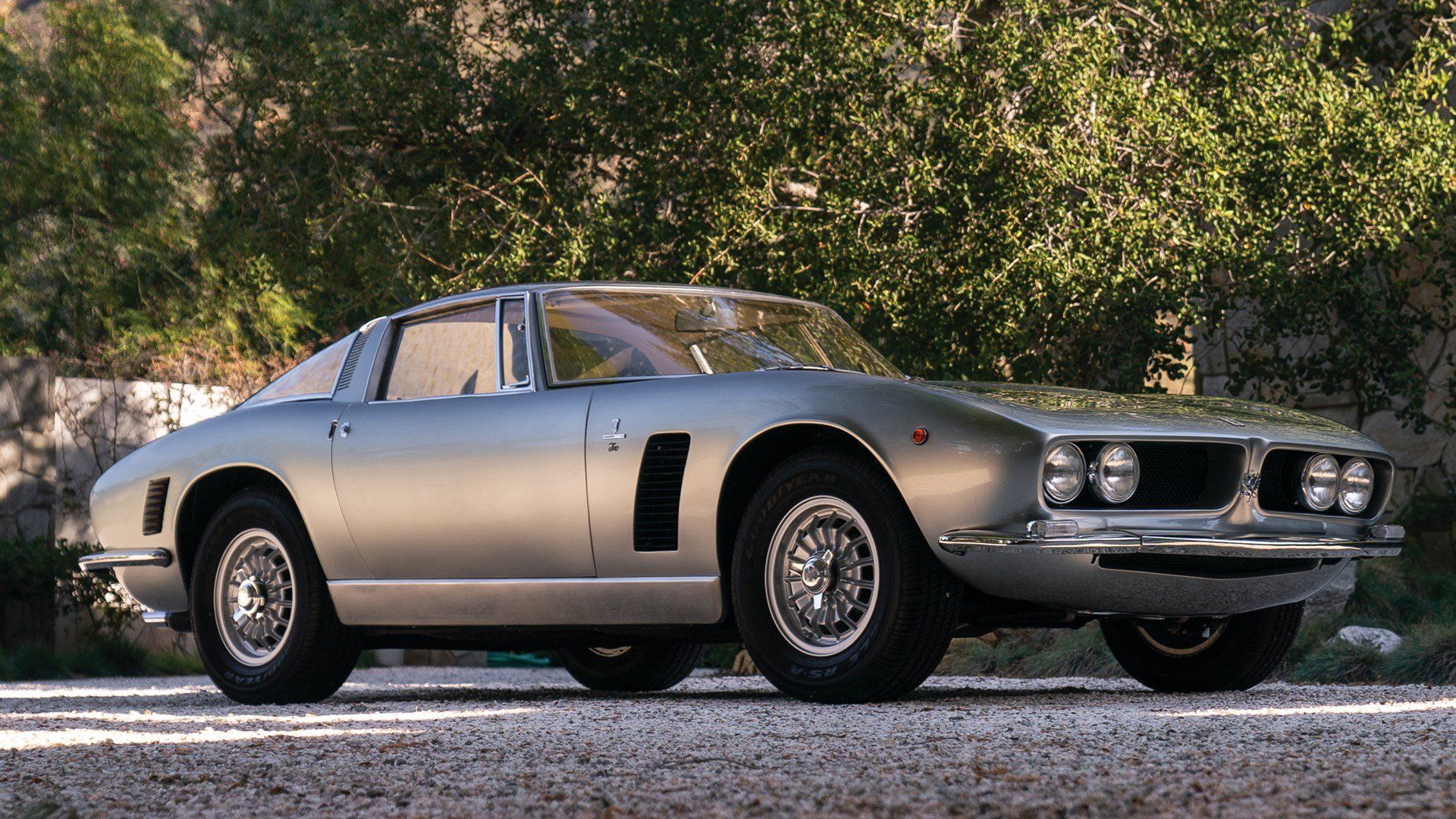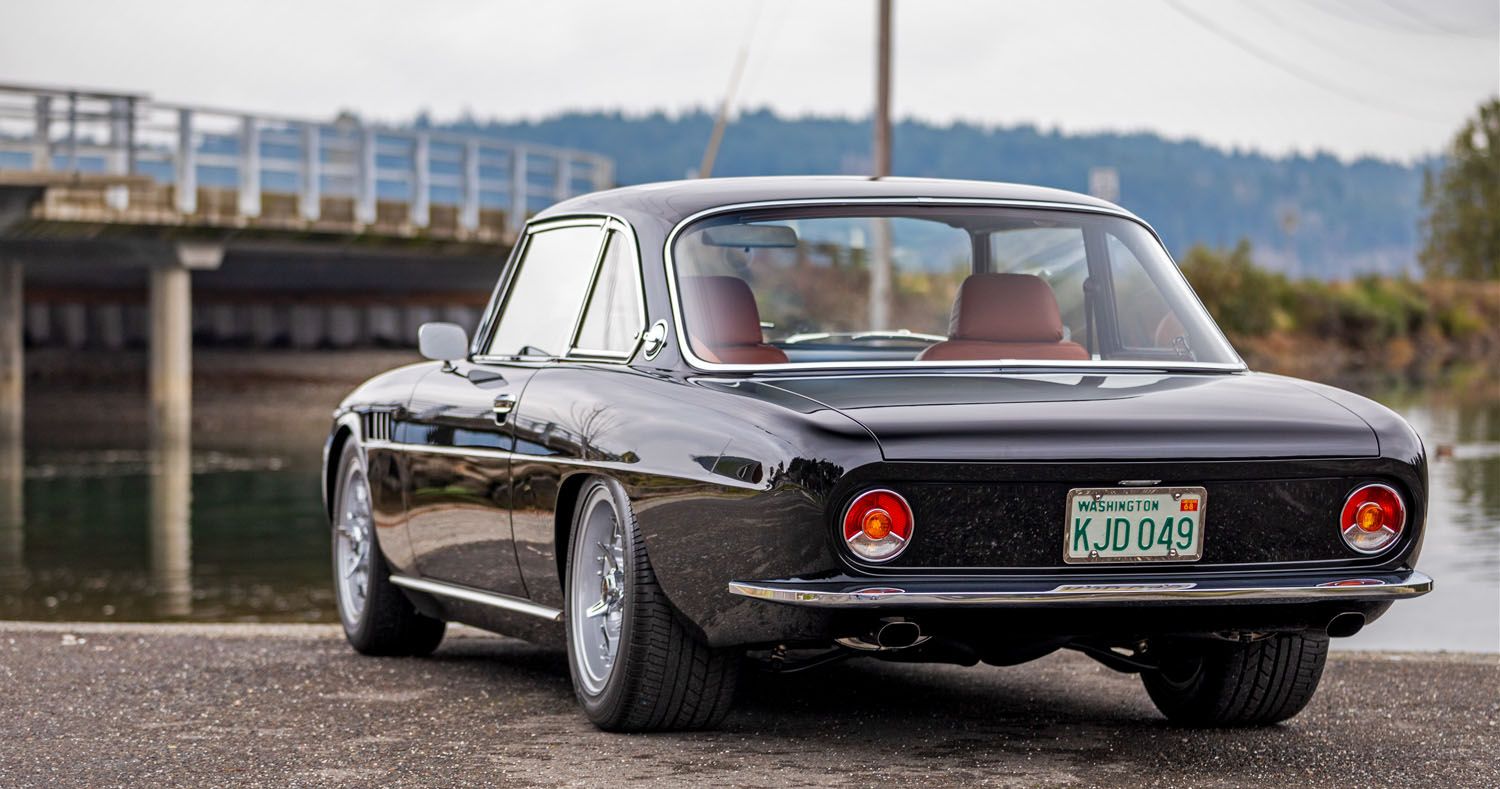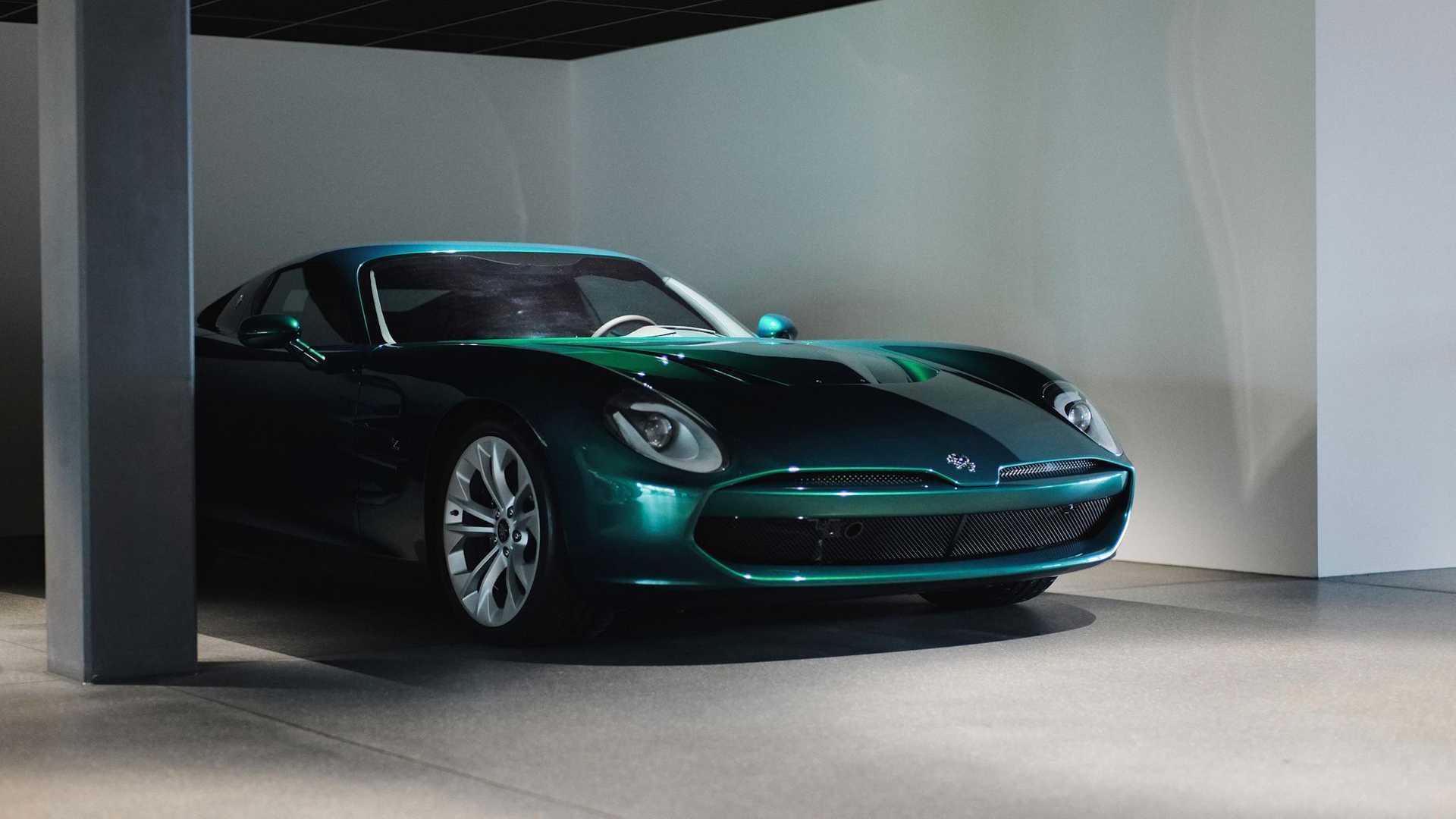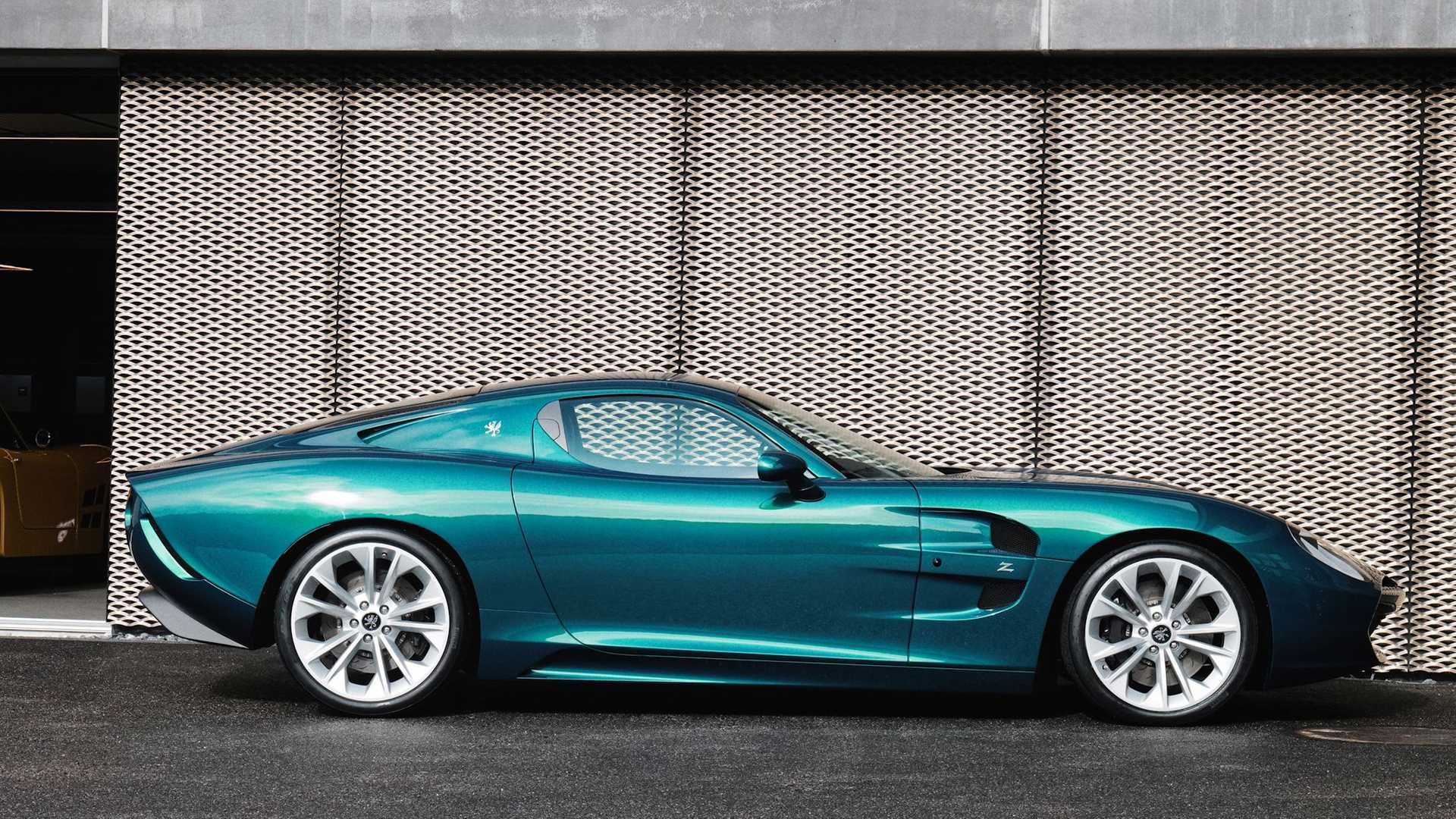Iso started out making heaters and coolers, as WWII raged through Europe the demand for such products waned, but post-war they saw an opportunity.
There was a growing need for personal mobility, so they moved the company, retooled and started producing small displacement motorcycles and scooters at fairly affordable prices. It wasn’t until the early 50s that they would get more ambitious, making their first actual car. It wasn’t even really a car to be fair, it was the world's first micro car. A strange blend of a motorcycle and a car, simply named the Isetta (diminutive of Iso).
It proved to be a big hit, getting incredible mileage, the noisy little single paved the way for the automaker to become a global player. Their ultimate objective was to start making high performance sports cars.
10 The Bubble Car
After only moderate success making motorcycles, Iso, above anyone, saw the potential in the microcar. It truly fell somewhere between a motorcycle and a car, and didn’t have any of the benefits of either.
What it did have was great mileage, and for a cash strapped Germany, that was just the tonic. That’s right, Germany, not Italy, the original Isetta didn’t actually sell all that well in its homeland.
9 Successful Licensing Agreement
By far the most Isettas made wore the now-iconic BMW badge, and in a way it made sense as a BMW. They actually made both cars and motorcycles, after all.
Over 170,000 of them were made in and if you found one today, it will likely have a BMW badge. It is arguably their strangest model, but it was the right car for the time, it played a big part in keeping their doors open. For ISO, it gave them the foundation for what they really wanted to do.
8 Italian Style Meets American Muscle
By the 60s, Italian made sports cars and GT cars were selling well all over the world, making a name for themselves on track. One thing they all had in common, though, was mechanical problems.
Their complex, highly tuned drivetrains failed at an alarming rate, whereas sports cars from the US showed remarkable reliability, largely thanks to their relative simplicity. If you could marry Italian style to American muscle, that would be a match made in heaven. So, that's exactly what Iso set out to do.
7 The Rivolta
In 1962, they revealed their concept to the world, design work was done by Bertone with the car hand built by Carrozzeria. It was striking, if not necessarily beautiful.
More importantly, it was powered by a 300 horsepower Corvette engine, something with proven reliability as well as admirable performance. Few cars at the time had this much potential.
6 A Lifestyle Icon
Being made by hand, they never expected to sell these cars in large volumes, but to make their business model viable they had to sell enough.
It became something of a lifestyle icon in the 60s, selling relatively well in America, where wealthy enthusiasts were willing to pay more for style. The Rivolta would go on to be their best-selling sports/GT car.
5 A Grifo Is Born
With looks like this, it is such a shame only 400 were made and today, even rusted out husks are worth over six figures.
It is arguably one of Giorgetto Giugiaro’s most beautiful designs, penned while working for Bertone. At the end of the day, it might have won thousands of fans, but only a handful of buyers.
4 A Flop Or Two
By the 70s, the oil crisis was afoot, small carmakers were shutting up shop all over the world as sales of all cars nosedived, let alone bespoke sports cars with gas guzzling V8s.
The match made in heaven now looked more like hell, their Fidia and Lele were not all that pretty or noteworthy and sales were understandably abysmal.
3 Misguided F1 Venture
History was made almost by accident when they teamed up with a certain Frank Williams. It was just the timing that was so horribly off, and the resources they put into racing ended up being money wasted.
Williams would go on to become one of the most famous brands in F1, but it would spell the end for ISO, sealing their fate that had been on the cards for quite some time already.
2 Shuttered By 1975
The Rivolta family had already divested from the company by the early 70s and were no longer involved, not long after they would declare insolvency and shutter by the end of 1974.
After reaching the heights of the Grifo and F1 racing, it is such a shame that the company couldn’t make it. It would be easy to blame the oil crisis, but some better resource management could have helped them weather the storm.
1 A Revival In Progress
Today, the Iso name has once again cropped up in the form of a limited edition Chevy powered sports car.
At the time of writing, 19 Iso Rivolta GTZ sports cars have already been delivered. Zagato is taking care of the design and construction, Chevrolet the powertrain, and the Rivolta family are once again at the helm. Somehow, the dream lives on.

